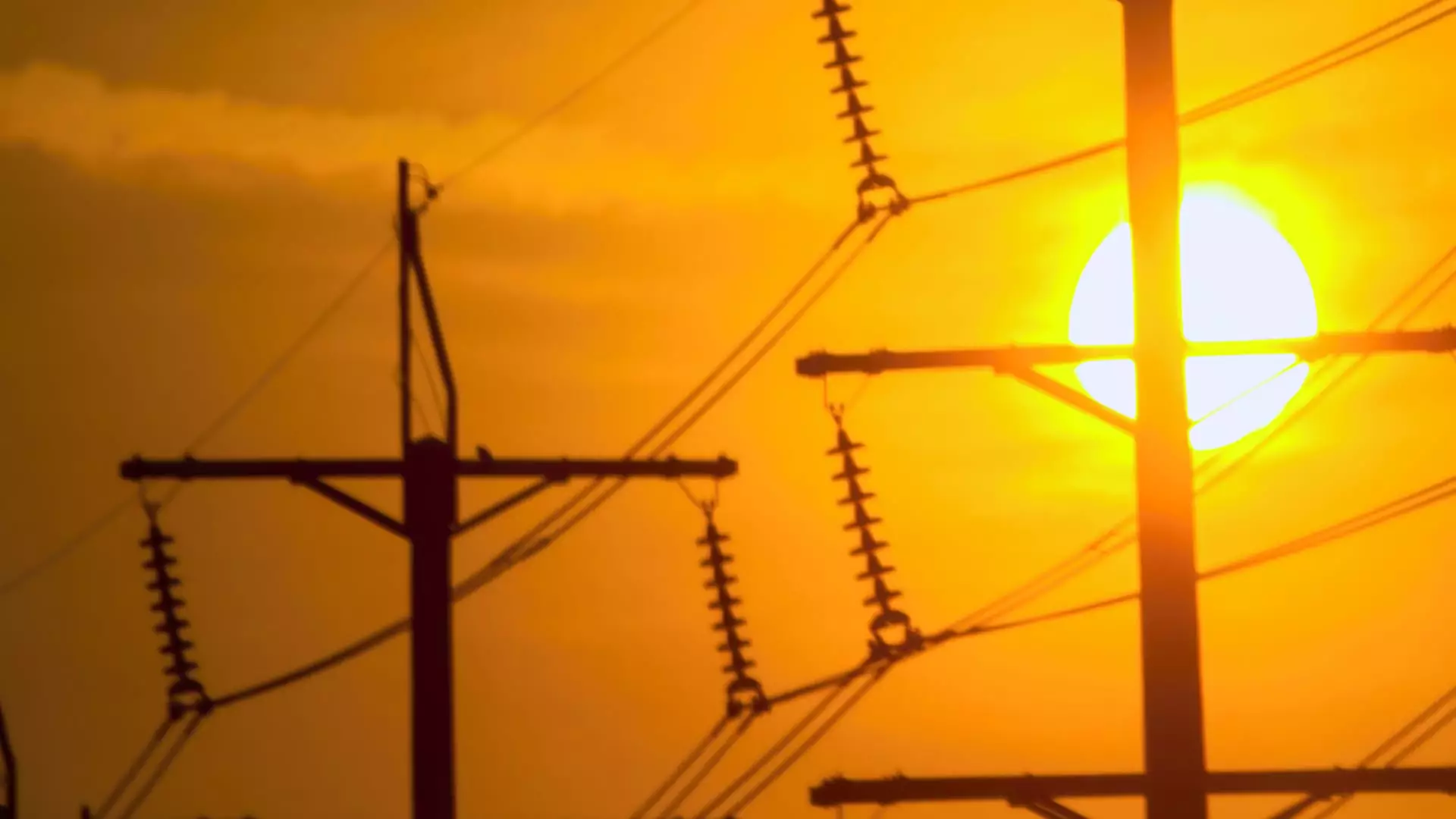Selling a home in the sweltering summer months can present significant hurdles, particularly in regions enduring extreme heat. Recent data indicates that foot traffic for open houses has diminished due to rising temperatures, forcing sellers to rethink conventional approaches. Understanding the factors contributing to this shift is essential for both buyers and sellers looking to navigate this challenging real estate landscape.
The latest figures from Redfin, a leading real estate brokerage, unveil a stark reality: pending home sales have plummeted by 5.6% from the previous year, marking the steepest drop in eight months. This downturn is not solely attributed to prospective buyers awaiting fluctuations in Federal Reserve interest rates; rather, the oppressive heat wave across substantial sections of the country influences buying behaviors. As Kristin Sanchez, an experienced real estate agent from Nashville, notes, the combined effects of high temperatures and humidity often leave individuals seeking respite indoors, thus dampening open house attendance.
This shift underscores a significant paradigm change in how the real estate market operates during the peak summer months. Sellers must grasp the nuances of climate-related impediments without losing confidence in their selling capabilities.
To counteract these meteorological challenges, sellers are encouraged to adopt innovative strategies for showcasing their properties. Sanchez advocates for hosting open houses in the cooler morning hours, allowing potential buyers to tour homes before the day’s heat becomes unbearable. Furthermore, implementing creative solutions such as providing handheld fans or chilled refreshments can enhance visitor comfort, significantly improving their experience.
Moreover, the evolving landscape of real estate technology plays a crucial role in contemporary home selling tactics. The increase in virtual viewings and online walk-throughs, a trend that gained momentum during the pandemic, empowers buyers who prefer to remain indoors during peak heat periods. Utilizing these resources not only broadens a property’s reach but also adds convenience for remote buyers who may not be physically present yet still wish to engage with the market.
One critical aspect that sellers must not overlook is the functionality of their home’s heating, ventilation, and air conditioning (HVAC) systems. With temperatures soaring, a malfunctioning HVAC system can deter prospective buyers. It is paramount that sellers ensure these systems are in optimal condition prior to showings. Sanchez emphasizes the importance of routine maintenance and timely servicing to guarantee that air circulation and cooling capabilities are not compromised.
The potential cost of repairing or replacing an HVAC system can be substantial, ranging from $100 to an astounding $3,000, depending on the complexity of the issue. Homeowners contemplating an upgrade would benefit from a detailed financial analysis to ascertain the long-term advantages, particularly as improvements in this area can yield both immediate comfort and enhanced property value.
In light of the ostensibly significant expense involved with HVAC maintenance and updates, potential sellers should explore the possibility of qualifying for tax credits associated with energy-efficient home improvements. For instance, the Energy Efficient Home Improvement Credit can offer substantial savings when upgrading heating and cooling systems. Additionally, sellers should remain informed on local incentives, as varying programs may provide financial relief or benefits.
Maintaining meticulous documentation of home improvements—including costs, installation dates, and receipts—will bolster a seller’s position when determining profit margins and understanding potential capital gains taxes upon sale. This meticulous approach diffuses an easily overlooked aspect of the selling process while fostering a financially sound strategy.
Selling a home during excessively warm summer months requires adaptability, creativity, and a pro-active strategy. With record declines in foot traffic driven by extreme weather conditions, sellers must take measures to ensure their properties remain attractive, comfortable, and accessible to potential buyers. By addressing HVAC concerns, leveraging modern technology for virtual viewings, adjusting timing for open houses, and maximizing tax benefits through strategic improvements, sellers can successfully navigate these challenging market conditions regardless of the heat outside. Taking these necessary steps will not only improve the likelihood of a successful sale but also provide sellers with invaluable peace of mind amid unpredictable weather patterns.

